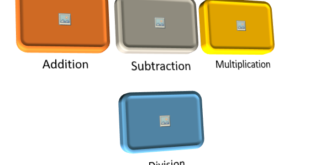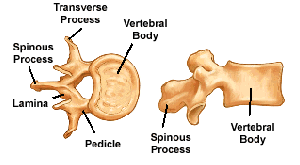This article delves into the four fundamental rules of arithmetic operations: addition, subtraction, multiplication, and division. It also provides insights into various types of numbers and their unique characteristics, helping you build a strong foundation in mathematics.
Read More »Exploring Economic Systems: Types, Pros, and Cons Worldwide
Explore the intricate world of economic systems – from capitalism to socialism. Uncover the pros and cons, understand mixed economies, and more. Your resource for insightful insights.
Read More »What is Air Pollution?
AIR POLLUTION Contamination of air with smoke, dust and harmful gases is called air pollution and the substances causing pollution are called as pollutants. The common pollutants are: Gases like sulphur oxides, nitrogen oxides, carbon oxides and hydrogen sulphide, smoke soot and particulate matter etc. SOURCES OF AIR POLLUTION Burning/combustion …
Read More »Case Study on Air and Water Pollution
What is water pollution? The contamination of water with unwanted and harmful substances is called water pollution. The sources of water pollution are industrial wastes, synthetic detergents, agricultural run-offs, oil leakage etc. Water pollution affects the aquatic life, makes the water non potable for drinking and causes a phenomenon known …
Read More »POLYMERS – CLASSIFICATION OF POLYMERS
POLYMERS Polymers can be defined as the high molecular mass macromolecules that are formed due to the repetition of the basic unit, monomer. MONOMER The unit molecules that combines with each other to form a polymer. POLYMERISATION The process of formation of polymers by the repeated addition of the monomers …
Read More »What are Acids and Bases?
ACIDS Acids are those substances which have a sour taste and can turn blue litmus red. BASES Bases are those substances which have a bitter taste and can turn red litmus blue. ARRHENIUS CONCEPT An acid is any hydrogen containing compound which gives H+ ion in aqueous solution. While, base …
Read More »What is the SKIN
SKIN Skin is the largest sensory organ in our body. It is described as: There are 3 layers of skin: Epidermis– a thin, cellular membrane layer. Corium or Dermis– dense, fibrous, connective tissue proper. Subcutaneous tissue– thick, fat-connecting tissue. EPIDERMIS The epidermis is the outermost, total cellular layer of …
Read More »What is Vertebral Column and Structure of Vertebra
VERTEBRAL COLUMN The vertebral column consists of 26 bone segments called vertebrae that are arranged in five divisions from the base of the skull to the tail bone. The first seven bones of the vertebral column from the neck bone are the cervical (C1-C7) vertebrae. These vertebrae do not articulate …
Read More »What is Oral Cavity
ORAL CAVITY (THE MOUTH) The alimentary canal begins with the oral cavity or the mouth. The major parts of the oral cavity are: Cheeks: They form the walls of the oval-shaped oral cavity. Lips: They surround the opening to the oral cavity. Hard palate: It forms the anterior portion of …
Read More »Male Reproductive System
This Article is useful for NEET, UPSC and Other Aspirants. MALE GONADS The male gonads consist of a pair of testes, also called testicles. They develop in a sac, called scrotum which is present in the extra abdominal region. The scrotum exposes the testes to the lower temperature than …
Read More » IT2EDU Empowering Education Through Technology
IT2EDU Empowering Education Through Technology


